Transform Your Kitchen: The Ultimate Guide to Kitchen Organization
Discover expert kitchen organization tips and storage solutions to declutter your space. Learn how to organize cabinets, pantry, and small kitchens with practical DIY ideas that save time and reduce stress.
Taylor
5/27/20255 min read
A well-organized kitchen is the heart of an efficient home. Whether you're a seasoned chef or someone who barely knows how to boil water, having an organized kitchen can transform your cooking experience, save you time, and reduce daily stress. The key is creating systems that work for your lifestyle and maintaining them consistently.
Start with a Clean Slate
Before diving into organization systems, begin with a thorough decluttering session. Remove everything from your cabinets, drawers, and countertops. This might seem overwhelming, but it's essential for creating lasting change.
Sort items into three categories: keep, donate, and discard. Be honest about what you actually use. That bread maker collecting dust for two years? If you haven't used it recently, it's probably time to let it go. Expired spices, duplicate utensils, and broken appliances should all find their way to the discard pile.
Zone Your Kitchen for Maximum Efficiency
Think of your kitchen as having distinct work zones, each with its own purpose and tools. This concept, borrowed from professional kitchens, can dramatically improve your workflow.
The Prep Zone should be near your sink and include cutting boards, knives, mixing bowls, and measuring tools. Store these items in the drawers and cabinets closest to where you'll be doing most of your chopping and preparation work.
The Cooking Zone centers around your stove and should house pots, pans, cooking utensils, oils, and frequently used spices. Keep potholders and trivets within arm's reach of the stove for safety and convenience.
The Cleaning Zone revolves around your sink and dishwasher. Store dish soap, sponges, dishwasher detergent, and dish towels in this area. Consider a pull-out drawer under the sink for cleaning supplies to maximize this often-awkward space.
The Storage Zone is typically your pantry or designated food storage area. This is where bulk items, canned goods, and non-perishables live. Organize this space so you can easily see what you have and avoid buying duplicates.
Maximize Cabinet and Drawer Space
Most kitchens have more storage potential than initially meets the eye. The key is using every inch strategically.
Install pull-out drawers in lower cabinets to eliminate the need to dig through items in the back. These are particularly valuable for pots, pans, and small appliances. Use drawer dividers to keep utensils, gadgets, and tools organized and easily accessible.
Vertical space is often underutilized. Add shelf risers to double your storage capacity for dishes and canned goods. Install hooks inside cabinet doors for measuring spoons, oven mitts, or small tools. Consider a magnetic knife strip on the wall to free up counter space and keep knives safely stored.
Master Pantry Organization
A well-organized pantry can save you both time and money. Start by grouping similar items together: all baking supplies in one area, canned goods in another, snacks in their own section.
Invest in clear, airtight containers for bulk items like flour, sugar, rice, and pasta. Not only do these keep food fresh longer, but they also allow you to see exactly how much you have at a glance. Label everything clearly, including expiration dates if you're transferring items from their original packaging.
Use the "first in, first out" principle by placing newer items behind older ones. This prevents food from expiring and reduces waste. Keep a running grocery list on your phone or a piece of paper attached to the inside of your pantry door.
Conquer Countertop Clutter
Countertops are prime real estate in any kitchen, so use them wisely. The general rule is to keep only items you use daily on your counters. Coffee makers, toasters, and knife blocks might earn their spot, but that juicer you use twice a year should find a home in a cabinet.
Create designated spots for items that tend to accumulate on counters. A small basket for keys and mail, a charging station for devices, and a specific spot for dish towels can prevent counters from becoming catch-alls for household items.
Refrigerator and Freezer Organization
An organized refrigerator not only looks better but also helps reduce food waste and makes meal planning easier. Designate specific areas for different types of food: dairy products on one shelf, leftovers in another area, and produce in the crisper drawers.
Use clear containers and bins to group similar items together. A bin for condiments, another for lunch meats, and a third for snacks can prevent small items from getting lost in the back. Label leftovers with contents and dates to track freshness.
In the freezer, use freezer-safe bags and containers to prevent freezer burn. Label everything with contents and dates. Consider using a freezer inventory list to keep track of what you have, especially in chest freezers where items can easily be forgotten.
Small Kitchen Solutions
Limited space doesn't mean you have to sacrifice organization. In small kitchens, every inch counts, so creativity is key.
Look for opportunities to add storage where none existed before. A rolling cart can provide extra prep space and storage that can be moved as needed. Over-the-sink cutting boards maximize counter space when you're working with limited room.
Use the inside of cabinet doors for storage with slim racks for spices or cleaning supplies. Magnetic strips can hold knives or spice jars on the side of your refrigerator. Consider nesting bowls and stackable containers to maximize storage in small cabinets.
Maintenance to Long-term Success
The best organization system in the world won't help if it's not maintained. Build simple habits that will keep your kitchen organized long-term.
Clean as you go while cooking. Wash dishes or load the dishwasher immediately after meals. Take a few minutes each evening to wipe down counters and put items back in their designated spots.
Schedule a monthly kitchen review to reassess your systems. Are they still working for your lifestyle? Do any areas need adjustment? Staying flexible and making small improvements over time will help your organization system evolve with your needs.
Final Thoughts
Kitchen organization is not about achieving Pinterest perfection; it's about creating systems that make your daily life easier and more enjoyable. Start with one area at a time, whether it's a single drawer or cabinet, and build momentum from there.
Remember that the best organizational system is the one you'll actually use. Don't get caught up in buying expensive organizing products before you understand what you need. Sometimes simple solutions like repurposed jars or boxes work better than specialized organizers.
The time invested in organizing your kitchen will pay dividends in reduced stress, saved time, and a more enjoyable cooking experience. Your future self will thank you every time you can quickly find what you need and work efficiently in your well-organized space.
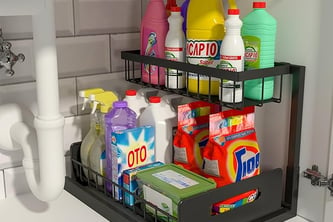

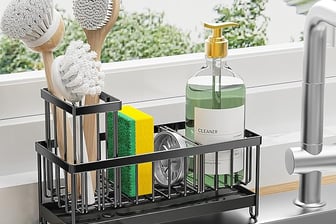

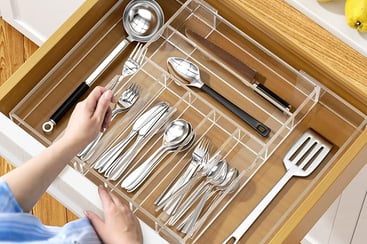

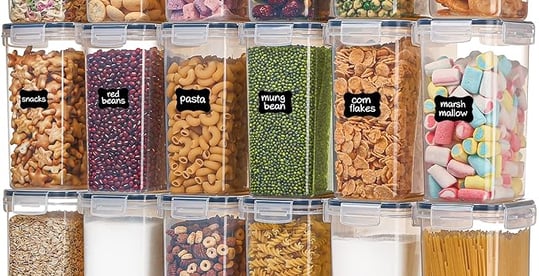

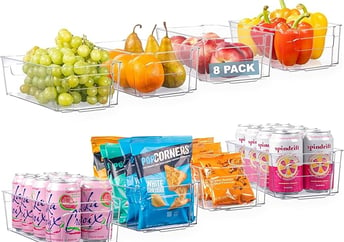

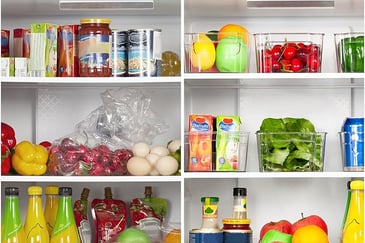

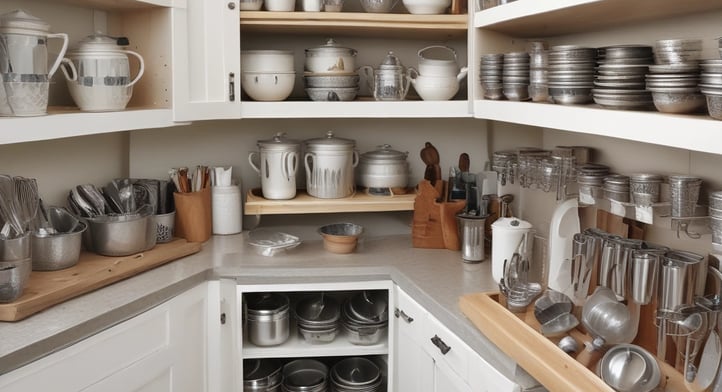

Trends
Stay updated with the latest trends and insights.
Style
Buzz
tayloristrendy@gmail.com
© 2025. All rights reserved.
